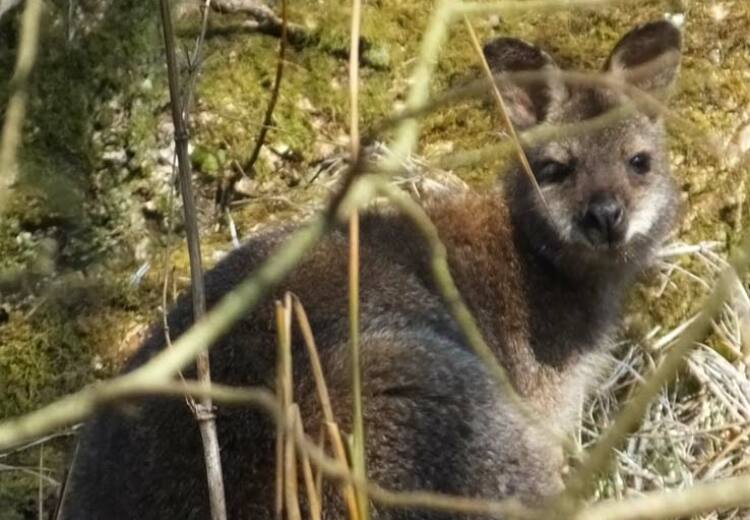A WARNING has been issued to anglers to try to prevent a killer shrimp from reaching the Island.
Earlier this month Dikerogammarus villosus or the Killer shrimp was identified as being in Grafham Water, a large reservoir in East-Anglia, England.
This is the first ever record of the shrimp in the British Isles and from early reports it appears to be present in very large numbers.
It is a highly destructive invader which could devastate wildlife in Manx rivers and lakes if it ever reached the Island.
The Department of Environment, Food and Agriculture said all anglers and people taking part in water based activities in the East-Anglian region of England need to carefully check their gear to ensure it has been thoroughly cleaned of animals or debris before bringing it into the Island.
This shrimp - which is a voracious predator of other aquatic life including mayfly, damselfly, water boatmen, midges, fish fry and fish eggs - comes from Eastern Europe.
Over the past decade it has invaded many rivers and lakes in Western Europe, where it has destroyed much of the native wildlife, drastically reducing biodiversity.
Even large native fish suffer as their normal diet of native insects and shrimps is wiped out, only to be replaced by massive numbers of Dikerogammarus.
The shrimp can reach up to three centimetres in length and has a distinctive striped appearance. It also has three spikes on its back, which makes it inedible to small fish that choke on the spikes when they try to swallow the shrimp.
The Isle of Man would be particularly vulnerable to the new invader as its preferred habitat is a rocky substrate with fast flowing water, which is typical of the vast majority of Manx rivers.
The eggs and fry of native trout and salmon would all be readily eaten by Dikerogammarus.
Dr Calum MacNeil, DEFA’s freshwater biologist and water enforcement officer has previously worked on the destructive impacts of this shrimp in The Netherlands and is now on The Dikerogammarus Working Party Group of the UK Environment Agency which is aiming to provide a rapid response in terms of technical expertise to prevent the spread of the shrimp.








